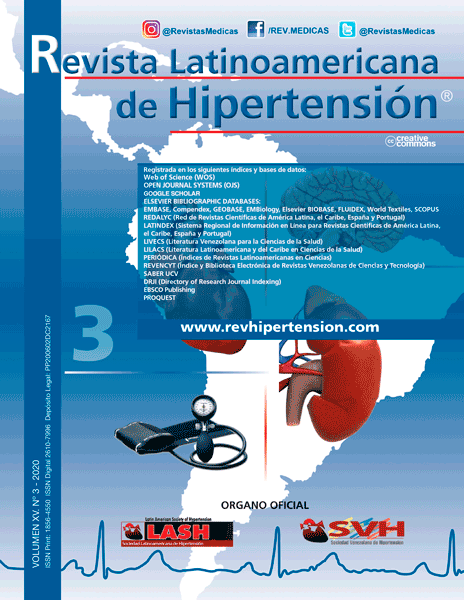Comparison of fetal Doppler indices and growth in pregnancies with anterior or posterior placental position
Palabras clave:
Placentallocation, pregnancy outcome, neonatal outcome, fetal circulationResumen
Background: Ultrasound assessment of fetal wellbeing and growth is widely used in obstetric practice, placental location is extensively investigated by many researchers looking for any correlation with and any impact on certain perinatal outcomes.
Aim: to study the effect of anterior or posterior placental position on fetal biometric and Doppler study of certain fetal vessels, in low risk pregnancies.
Methods: a cross sectional observational study from June–December/2019 involved 86 normal pregnant women their age ranged (14-40) years, and gestational age ranged (30-40) weeks, in cephalic presentation, after obtaining verbal consent to participate in the study.
demographic data was obtained by a Prepared questionnaire, then ultrasound examination was performed by the same investigator obtaining the fetal gender, placental position, biometric and Doppler indices of Middle cerebral arteries(MCA) and the Umbilical arteries(UA).
Results: of the 86 studied pregnancies, 44(51.16%) were with posterior and 42(48.84%) with anterior placentas, maternal mean age was (26.18 ± 5.91) years, 51(59.3) & 35(40.7) female fetuses, 38(44.2) were preterm & 48(55.8) term fetuses.
Comparing means of different biometric parameters including the estimated fetal weights (EFW) and the Doppler indices of MCA and UA showed non-significant differences between fetuses with anterior or posterior placentas, whether term or preterm groups of fetuses.
Conclusions: placental position whether anterior or posteriorly located showed no effect on biometric parameters of fetal growth, EFW, gender, and Doppler study of certain fetal vessels

